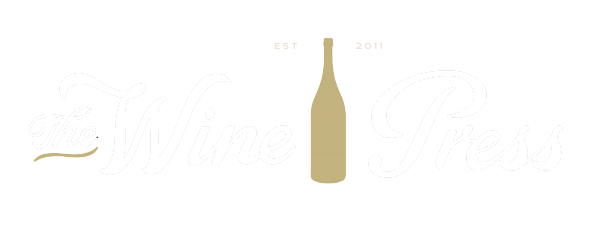How to Drink French
Chéreau Carré, Comte Leloup du Château de Chasseloir, Muscadet Sèvre-et-Maine
Quite the mouthful… How are you to know that this is Melon de Bourgogne grown in the Loire Valley? The French answer is, you’re not. But let’s talk through the name of this wine. Chéreau Carré is the producer, the winemaker is Bernard Chéreau whose obsession with this variety has given us some fantastic wines. Comte Leloup du Château de Chasseloir is the name of the vineyard where the grapes are grown. We’re really getting a lesson in what the French value here, land. Muscadet Sèvre-et-Maine is the name of the appellation, the designated region where Melon de Bourgogne is the star. The important thing to remember when identifying French wines is finding the appellation on the label. French labels aren’t exactly known for their inclusivity. You just have to know, or you have to ask questions.
Domaine de la Cras, Coteaux de Dijon Bourgogne Blanc
The important thing to note here is Bourgogne. As it happens, Domaine de la Cras is the only producer allowed to use the designation Coteaux de Dijon, so that matters less here. Though it is noteworthy because the city of Dijon purchased the land and set an open call for winemakers without prior holdings who would also promise to continue organic their farming practices. So it is special. But when you’re in Burgundy asking about white wine, ninety-nine percent of the time you’re talking about Chardonnay. And that’s just something you have to know.
Clos de la Roilette, Fleurie, Cuvée Tardive
How are you supposed to know this is Gamay? I’m not sure you are supposed to. As an enthusiast, it feels slightly disloyal to talk about French wine this way. But there are a lot of things about French wine you just have to know. So here we go. Normally, the word ‘clos’ would refer to a specific vineyard. But in this case, it’s rather a grand title with little function. Roilette isn’t a site either, it’s actually the name of the former owner’s favorite horse. So I hope that clears up your confusion. Luckily this label also indicates that it is from Beaujolais, the larger appellation under which Fleurie exists. In Beaujolais there are ten crus each with their own distinct characteristics. Cuvée Tardive is the last part of the title the requires clarification. ‘Tardive’ traditionally refers to a wine whose grapes were harvested late in order to make sweeter dessert wines. But in this case it’s only a nod to the fact that this wine benefits from more time before it is ready.
Marie Courtin, Éloquence, Extra Brut, Blanc de Blancs
Find comfort in the fact that Champagne is a region that has had to fight for the exclusive use of its name on its labels. But how do you know what’s inside? Luckily there are three grapes in Champagne. Pinot Noir, Chardonnay, and Pinot Meunier. When you see the phrase ‘blancs de noirs’ it means you’re getting white juice from a black grape. But when you see Blancs de Blanc, this is white juice from a white grape, the only white grape in Champagne, Chardonnay. That’s what we have here. The last important detail is Extra Brut. Extra Brut means that the wine is bone dry, in this case less than 6 g/l of residual sugar. Brut Nature is the driest possible with less than 3 g/l of residual sugar. Éloquence is the proprietal name of the wine. Like characters in a book, each cuvée has it’s own distinct personality. Right now this wine is delicious, but still quite sharp. If I had the patience I would set aside several bottles to enjoy in five years or so.
Château Sansonnet, Saint-Émilion Grand Cru Classé
In Burgundy it’s about the individual vineyard. But in Bordeaux we care about châteaux (and rankings, of course). In Saint-Émilion Merlot reigns supreme. Cabernet Franc is secondary and Cabernet Sauvignon is used sparingly. The Dordogne river runs through the northern part of the region separating the Merlot dominant Right Bank from the Cabernet Sauvignon based wines of the Left Bank. Since the wines of Bordeaux were systematically classified in 1855, there is a hierarchy to the crus. But Saint-Émilion was only classified in 1955 and is frequently ammended. And Château Sansonnet only joined the Grands Crus Classés in 2012. Not that you should know that…





